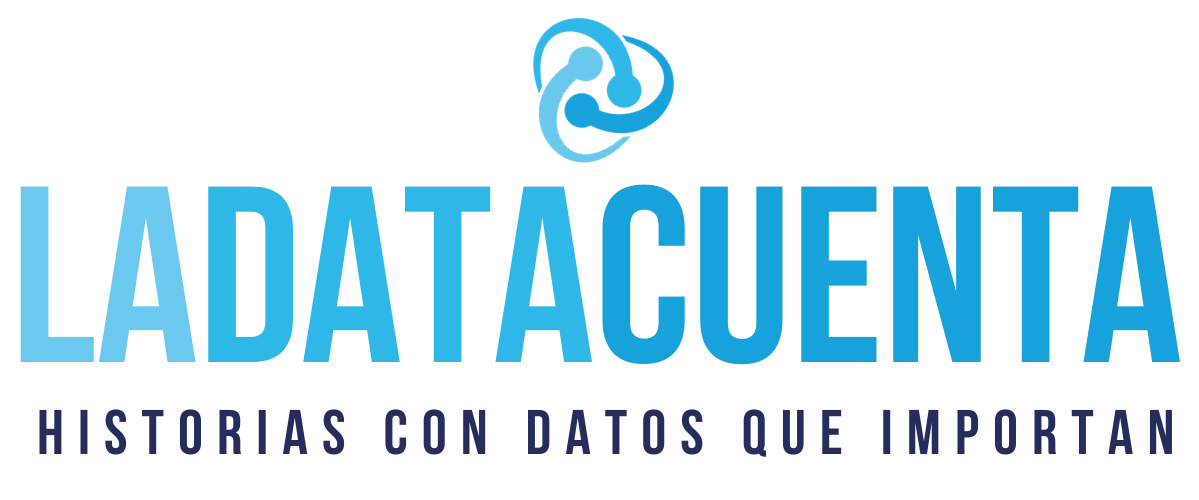One of the greatest lessons I have learned, as being a data driven journalist and editor for the past 3 years in daily La Nación, is Data Journalism is the outcome of a diverse and multidisciplinary committed team; there is no space for egocentrism.
In Data Driven Journalism (DDJ) editors, journalists, system engineers, coders and graphic designers should work together, and be on the same page, with fluent communication between each other. It is the only way to achieve excellence in any project undertaken.
Brainstorm together from the very beginning of the project. Share all your ideas, findings, drafts and data, those are the keys to unlock the potential of DDJ in a appropriated way.
In a previous post, I wrote: any idea that is not shared with others is destined to die because the oxygen supply that a data-driven project needs to live depends on how much you share it, and how much you nurture it with others’ feedback.
Please consider this if you are going to start with data journalism or lead a data unit.
Data journalism has room for collaboration only. This is how we do it at the data unit at La Nación, Costa Rica. (Spanish, translation is below).
(Video text)
In the Intelligence Unit Data of La Nación Costa Rica everything starts with an idea that we nurture and develop as a team. Here, we do data journalism, i.e. we analyze databases containing information of public interest and change this into interactive publishing products with data visualization, news and multimedia applications, with high added value to the audience.
My name is Daryl Zuniga, “I’m the unit´s system engineer. I´m in charge of collecting, processing, and ensuring data quality. I´m also in charge of scraping data websites and applying algorithms for modeling data mining analysis.”
Mercedes Aguero (journalist): “This is a small unit, and my work ranges from traditional tasks within investigative journalism, like going to the Public Registry to review records and conduct interviews, to building databases and, from these inputs, creating an investigation.
“I´m Pablo Robles, interactive designer and programmer of the section. My job consists of taking data that are the results of a painstaking and strict journalistic analysis, and changing them into interactive graphics, visualizations, and applications that meet the journalistic needs and serve as visual narratives.
Marco Hernández, interactive designer: “My role within the Unit is to contribute with informative displays and interactive development for digital platforms. I’m basically a digital computer graphics artist. My work focuses on making visual approaches, but I share a passion for journalism and engineering with the other team members. That’s what allows us to give feedback within our team with the aim of constantly improving, for our audience.”
Hassel Fallas: “My role is to lead the teamwork, by actively participating in data analysis, ensuring journalistic rigor, and fostering creativity to innovate in each product. Our goal is to give our readers a new way to generate knowledge and information from the analysis of databases.”
#datadrivenjournalism is not learned overnight. It is the sum of many nights and mornings of continuous curiosity, investigation, practice and of course: team work.

